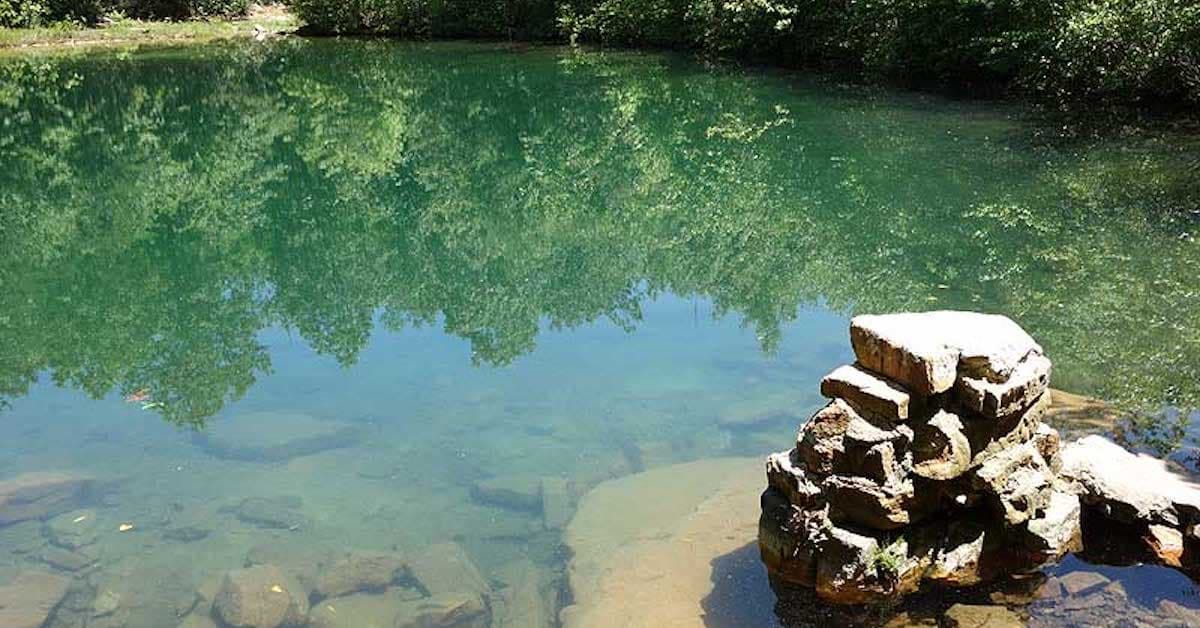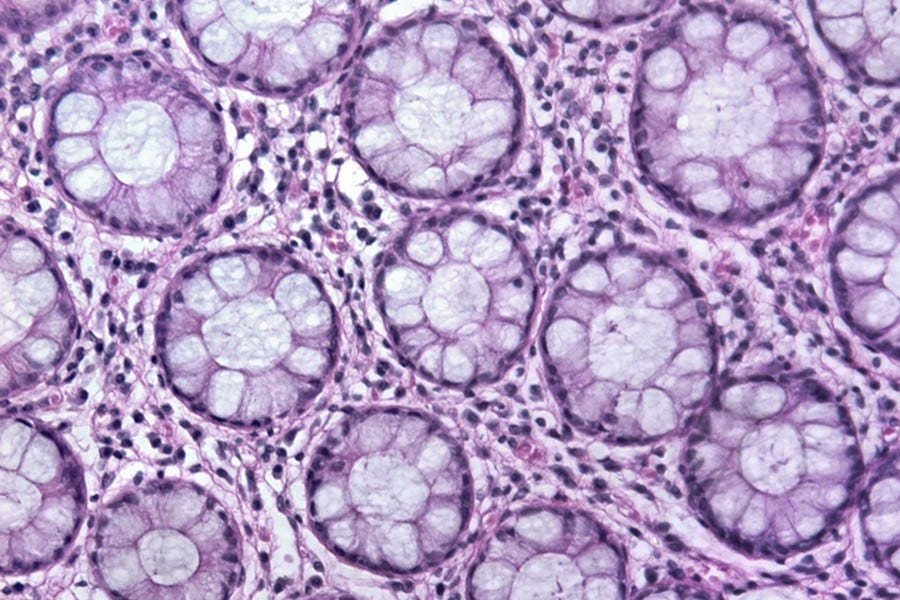Now with an idea of the electric cell in mind, let us consider how two might exist in a common medium like a pond.
As the two different cells are both receiving and emitting waves, they will mutually affect each other if they are resonating with similar frequencies.
The closer the two cells are to each other the stronger the interference of these waves becomes, and the more they will influence one another. In a sense, the cells are aware of each other within their medium simply because they emit light and like germinating seeds one cell emitting light helps to illuminate others (assuming they are close by).
Something very special happens when 2 cells become close enough that their cell walls (cathode boundaries) touch. At this point the waves of each cell produce a unique Wave Collision Pattern and there is a plasma-discharge of energy and information between the cells (a static electric shock).
Depending on charge and polarity, some cells may repel or they may attach to one another like magnets. If they become attached an electro-magnetic field envelops both the cells, they form a circuit just like 2 connecting torch batteries.
When 2 cells attach their fields meet and form a Double Layer. This allows the cells to slide around each other like soap bubbles and also allows current to flow between them. The more cells that attach in this way, the more new combinations and geometries become possible. Cells that become surrounded by other cells may begin to become specialised as all the light they absorb has already been altered by the cells it has passed through and all the light they emit will affect every cell surrounding them.
As new cells become connected to a network, the overall form field changes and the cells adjust position like bubbles to reach a new equilibrium. This is essentially how an electric organism grows. And of course the reverse is true, networks can break up into new independent systems. The process of adding new cells to replace dead cells is continuous, a constant motion in form as an organism lives.
A cell that has DNA and is capable of self-replication will do so when it is fully formed and has sufficient free energy and resources. It does so by dividing it’s nucleus in two within it’s cell plasma and then immediately the new nucleus, having it’s own anode charge, pushes apart from it’s parent until two separate cells have formed, both sucking in extra resources as the cells separate to become independent.
Dr Rupert Sheldrake and Dr Michael Clarage have published some similar theories with regard to the nature of this biological “form field” or "Morphogenic Field." I believe it is this field that makes cells position themselves within an organism and their combinations and geometries create cell specialization.
In the next instalment I will take this idea further to look at huge clusters of cells forming tissues and organs.





